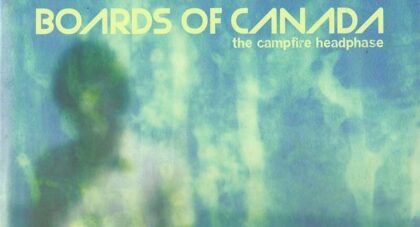For the latest installment of the VIDEODROME column, we sat down with writer and screenwriter, Kim Morgan, to discuss Frank Perry’s Play It As It Lays (1972), Tuesday Weld and Anthony Perkins, and driving in Los Angeles . . .
Only the good shit. Aquarium Drunkard is powered by its patrons. Keep the servers humming and help us continue doing it by pledging your support.
To continue reading, become a member or log in.


